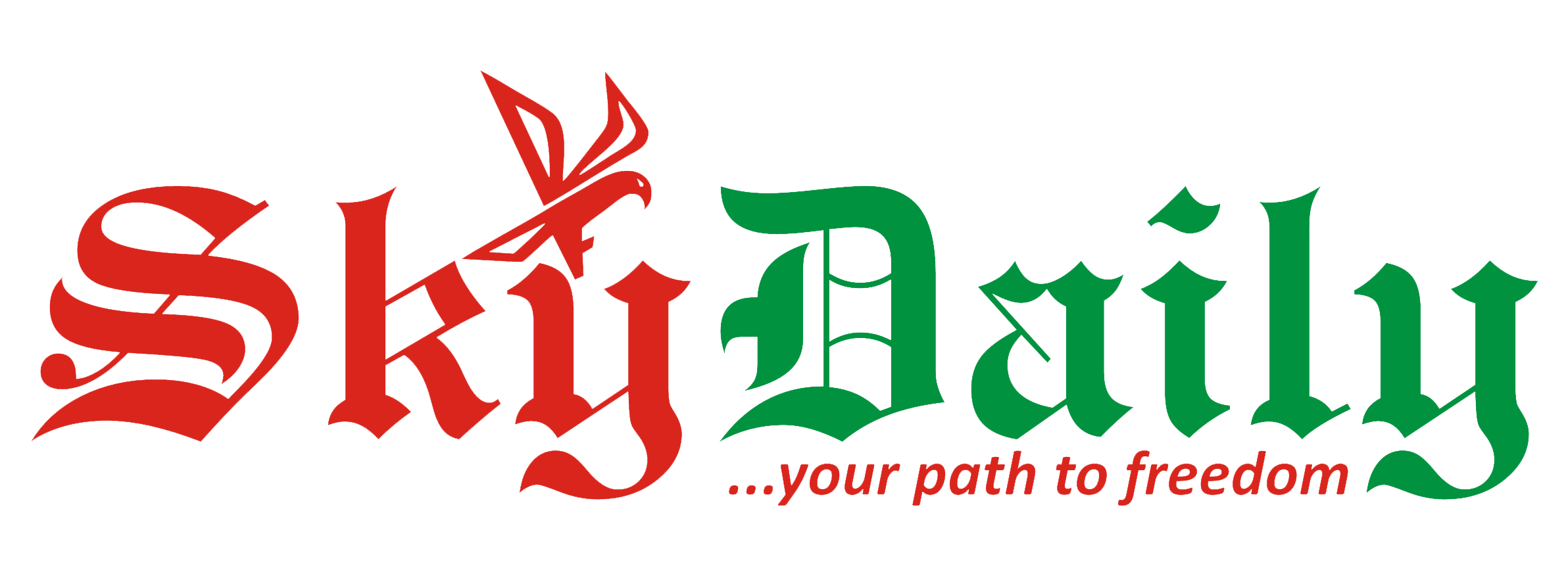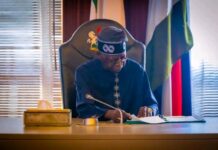
By Ibrahim Faruk
The Federal Ministry of Youth and Sports Development on 24 May 2019 launched the Revised National Youth Policy, 2019 with youth stakeholders in Akure, Ondo state. The review which was long overdue – the 2009 Policy states that it should be reviewed periodically (every 5 years) was due for review in 2014. However, due to various challenges, the Policy Review process was not completed till 2019 (an additional five years after the last review was to have taken place).
In the 2019 Policy Foreword, the Minister of Youth and Sports Development Barr. Solomon Selcap Dalung, quickly points out that, ‘A major thrust of the current review is regarding the age bracket for the classification of youth from existing grading of 18 – 35 years to 15 – 29 years. The review is informed by practical empirical analysis and the need to promote the appropriate targeting of desired beneficiaries of intervention programmes for the youth rather than adults masquerading as youth.’
As part of the revision of the National Youth Policy, the Ministry held regional consultations with youth groups and stakeholders supported by the United National Population Fund (UNFPA). The Permanent Secretary of the Ministry acknowledged the United Nations Population Fund (UNFPA) for its encouragement and support and for the recruitment of two notable consultants: Professors Alfred Adegoke and Adesegun Fatusi who facilitated the review process to a successful end.
This age classification sets Nigeria apart from other countries on the continent that align with the age classification in the African Youth Charter of 18 -35 years. Questions have been raised over the consultation process that led to the review of the Policy especially with regards to the age classification.
That aside, the Ministry still has a lot of work to do in disseminating the Policy in order to ensure there is acceptance and ownership as well as ensuring the implementation of the Policy using strong monitoring and evaluation mechanisms. One of the criticisms that have been leveled at the Ministry is a lack of monitoring and evaluation mechanisms on the last Policy prior to the review process that birthed the revised Policy.
The New Age Classification has no doubt raised a lot of eyebrows and questions. In understanding the New Age Classification, it is important to note that the United Nations (UN), for statistical consistency across regions, defines ‘youth’, as those persons between the ages of 15 and 24 years, without prejudice to other definitions by Member States. Similarly, the Minimum Age Convention (1973) sets the general minimum age for admission to employment or work at 15 years. The New Age Classification is also closely tied to the Not Too Young To Run Act (age reduction) which was signed into law in May 2018 and reduced the age criteria for running for the office of President from 40 to 35 years; House of Representatives 30 to 25 years and State Assemblies 30 to 25 years respectively.
The new age classification for Nigerian youth has raised many questions that have not been answered. Firstly, young people between the age of 30 – 35 years have been ‘disenfranchised’ from the youth constituency and wonder which classification they currently fall under. Closely related to this is the question of youth participation in the electoral cycle – as the new age classification reduces the age category of registered voters (probably weakening the youth vote) but does not reduce the age of eligibility to register to vote in line with the new Policy reality.
The Ministry of Youth and Sports Development which oversees the National Youth Service Corps (NYSC) also raises questions on the eligibility age of participating in the scheme which is for youth. This raises a question if the age for participating in the scheme ought to be reduced in line with the New Age Classification as well. The National Association of Nigerian Students (NANS), the National Youth Council of Nigeria (NYCN) and the Nigerian Youth Parliament (NYP) must also adopt the New Age Classification. Furthermore, political parties and their youth wings and leaders must adopt this classification from the Ministry.
Beyond the New Age Classification, the National Youth Policy, 2019 has 5 strategic thrusts and policy benchmarks, 23 objectives, an implementation framework, monitoring and evaluation systems but notably excludes a periodic review of the Policy.
Conclusively, the National Youth Policy represents a declaration and commitment to the priorities, directions and practical supports that a country intends to provide for the development of its young men and women. It is a concrete and bold step to put the development and participation of youth at the centre of national development efforts. It is indicative of the readiness of the Government and people of Nigeria to meet the needs and aspirations of the youth as well as seek a solution to their problems.
Ibrahim Faruk is a Senior Program Officer with YIAGA AFRICA’s Youth Program. He can be reached via fibrahim@yiaga.org He tweets via @IbrhmFaruk
The views expressed in this article are the author’s own and do not necessarily reflect the editorial policy of Sky Daily





































